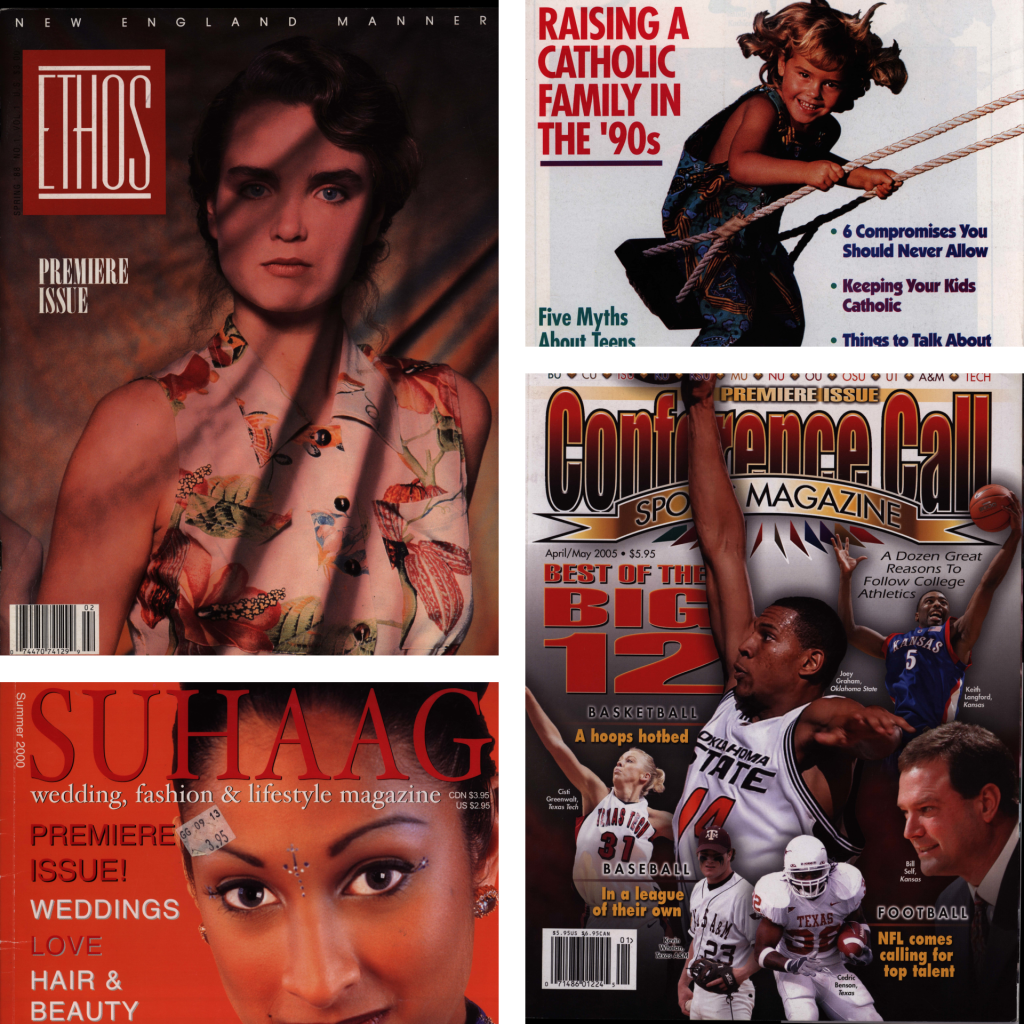Students enrolled in Professor Bossaller’s class on the history of books and media have curated five new exhibits related to the Samir Husni Magazine Collection, a wide-ranging collection of first-issue magazines dating as far back as 1805. The exhibits highlight different themes found within the collection:
- Bridal Magazines, 1992-2011.
- Religious Magazines, 1986-2020.
- Sports Magazines, 1986-2006.
- Style Before Social Media: Fifteen Fashion and Beauty Magazines from 1985-2005.
- Toys and Collectibles, 1987-2006.
We are very excited about these exhibits and we hope that you enjoy them!

